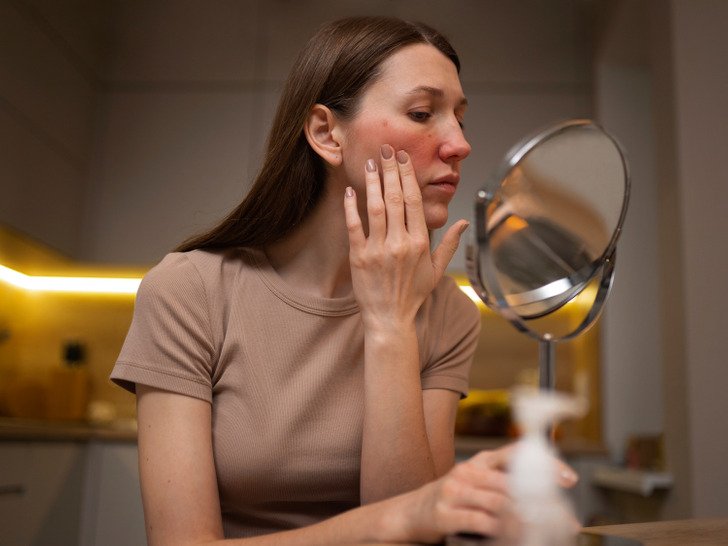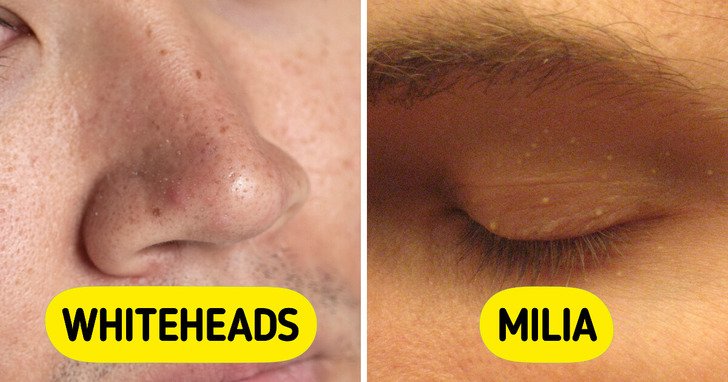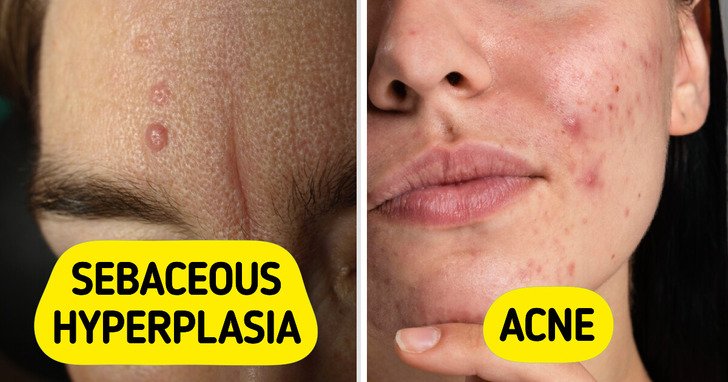When waking up in the morning, most people look in the mirror for various reasons, such as skin care and daily affirmation. We also sometimes check if there are changes on our face or if there’s acne. Some might as well notice skin bumps while tracing the skin, and it may not be acne, but something else.
CONTENT IS PROVIDED FOR INFORMATIONAL PURPOSES ONLY AND IS NOT INTENDED AS A SUBSTITUTE OF MEDICAL ADVICE.
SEEK GUIDANCE OF YOUR DOCTOR REGARDING YOUR HEALTH AND MEDICAL CONDITIONS.

Your face is constantly exposed to dead skin buildup, dirt, pollution, and frequent contact from your hands.
With all of this, it’s no surprise that a pimple can show up at any time.
But not in all cases, the skin bump is related to acne. Bumps can be caused by harmless things like allergies or insect bites. But sometimes, they may be linked to health problems like skin cancer or blood disorders.
Most facial bumps come in different shapes, colors, and sizes and are usually not dangerous. But you should see a doctor if a bump grows, starts bleeding, or changes in any way.
This article may help you identify these facial skin bumps that are not acne.
Millia: Tiny white cysts under the skin.

If you have small, smooth white bumps that won’t go away, they might be milia. These tiny cysts often appear in clusters, usually on the cheeks, nose, or around the eyes. According to, Dr.
Carmen Castilla, a board-certified dermatologist in New York City, “They are essentially cysts caused by skin debris becoming trapped underneath the skin’s surface.”
Milia often appear after skin damage or from using heavy products that clog pores. Other causes can include sun exposure or certain genetic conditions.
To prevent it, avoid rubbing your skin too hard and choose lightweight skincare instead of thick, greasy creams.
Gentle chemical exfoliants can also help. If milia don’t go away, a dermatologist can safely remove them.
Sebaceous hyperplasia: Enlarged oil glands.

Sebaceous hyperplasia looks like acne but is actually caused by enlarged oil glands.
These glands make sebum, which keeps your skin soft. When they grow bigger, they form soft or hard bumps that are white, yellow, or skin-colored.
It can be caused by hormone changes.
This condition is common in people over 40. Unlike milia, these bumps usually have a small dent in the center. Sebaceous hyperplasia can look like basal cell skin cancer, so it’s best to have a doctor check it to be sure.
It’s harmless and doesn’t need treatment unless it bothers you.
If so, a doctor can treat it with medication or a procedure called electrodessication. Using skincare with niacinamide, retinol, or salicylic acid might also help.
Syringomas: Sweat gland tumors.

Syringomas are harmless growths from the sweat ducts. They usually appear in small clusters on the eyelids but can also show up on the face, armpits, belly button, chest, or vulva. These bumps are firm, round, and skin-colored or slightly yellow.





